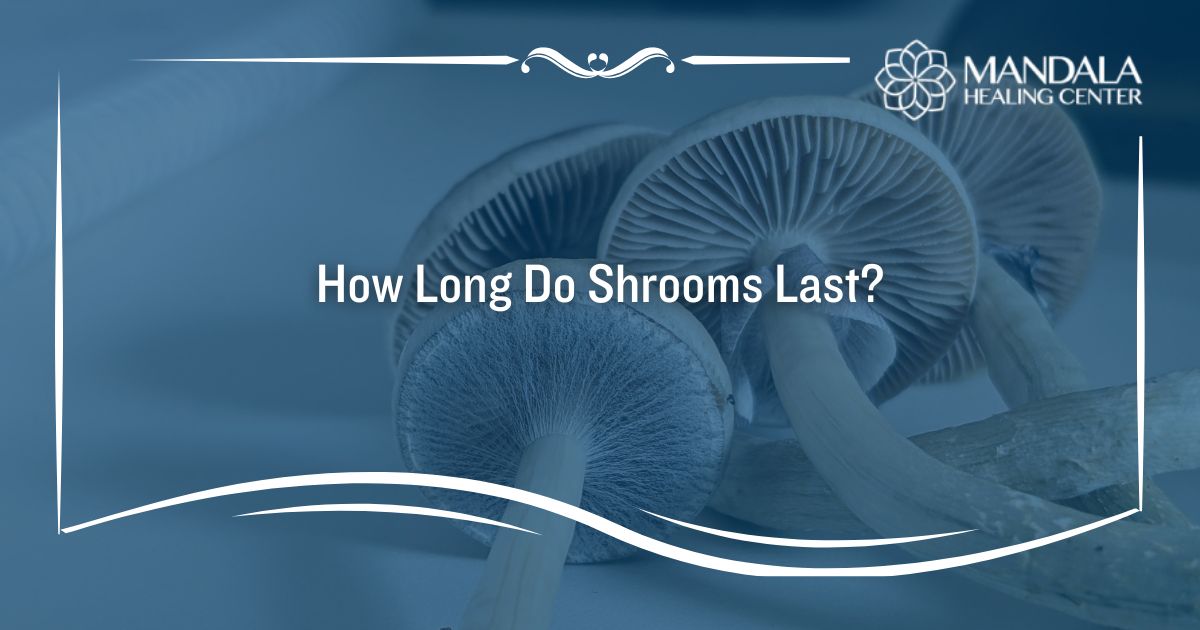Many people believe that prescription drugs are harmless, even when used recreationally. Some may imagine that because doctors give these drugs to patients, they cannot cause harm. However, many prescription drugs, including trazodone, have the potential for abuse and addiction. It’s essential to understand the risks of prescription drug abuse and seek treatment when you recognize a problem.
Trazodone is a prescription medication used to treat depression, anxiety, and sleep problems. Many people take this drug to manage symptoms related to these conditions without negative consequences. However, some abuse trazodone and develop an addiction to it. Trazodone addiction requires professional treatment and support so that people can safely stop using the drug and avoid relapse in the future.
This article will explore how long trazodone stays in your system, how to recognize the signs of addiction to it, and how to find the treatment you need to overcome trazodone abuse and addiction.
Reach out to the caring specialists at the Mandala Healing Center now to learn about our holistic approach to substance use disorder treatment or to schedule an intake assessment.
What is Trazodone?
Trazodone is a prescription drug that was first made available for sale in 1981. Doctors may prescribe it to help patients with anxiety, depression, poor concentration, and sleep issues manage the symptoms of these conditions.
Trazodone is sold under several brand names, including:
- Trazodone Z
- Desyrel
- Desyrel Dividose
- Oleptro
It is commonly used to treat symptoms of major depressive disorder and is always administered orally. Trazodone is available in a range of dosages from 50 mg to 300 mg. The dosage of trazodone needed depends on the condition being treated and the intensity and duration of a person’s symptoms.
Understanding Trazodone Abuse
Doctors typically prescribe low doses of trazodone to help people manage the symptoms of depression, sleep disturbances, and other conditions. However, larger doses of trazodone can induce severe drowsiness and sedation. Some users may find these effects pleasurable and use the drug recreationally (without a prescription or medical purpose).
There are several ways of misusing trazodone, including:
- Taking higher or more frequent doses of trazodone than prescribed
- Crushing trazodone pills and snorting the powder
- Dissolving pills in liquid and inserting it rectally
Using trazodone to get high can cause side effects. The short-term side effects of trazodone abuse include:
- Headache
- Nausea
- Constipation
- Excessive sweating
- Dry mouth
- Low blood pressure
- Appetite changes
The long-term side effects of trazodone abuse include:
- Irregular heartbeat
- Breathing problems
- Painful erections
- Chest pain
- Serotonin toxicity
Some users may mix trazodone with other substances. In recent years, mixing trazodone and cocaine has become more common as users look for ways to combat the shakiness and excessive anxiety that can come with cocaine use. However, combining cocaine and trazodone can increase a person’s risk of overdose and serotonin syndrome.
One of the most significant risks of trazodone abuse is that it can lead to psychological and physical dependence. Once someone has developed a trazodone addiction, it can be very challenging to stop using the drug. People with trazodone addiction often require professional treatment to stop using it and prevent relapse.
How Long Does Trazodone Stay in Your System?
In healthy adults, a single dose of trazodone will be almost entirely cleared from the body in one to three days. Factors like weight, metabolism, age, and general health can affect how long trazodone stays in your system.
However, people who abuse trazodone may experience lingering effects of the drug, even after it is cleared from the body. Heavy or prolonged trazodone use can cause physical and chemical changes throughout the body and brain that make it difficult to stop using the drug. People may experience:
- Intense, persistent cravings
- Memory problems
- Suicidal thoughts
- Loss of interest in pleasurable activities
The high someone gets from abusing trazodone may last for up to nine hours, but the lingering effects of trazodone abuse can affect many aspects of your life for long afterward.
When someone who has been abusing trazodone suddenly stops taking it, they will likely experience unpleasant emotional and physical withdrawal symptoms. Withdrawal symptoms typically last throughout the detox period and beyond. The intensity and duration of a person’s withdrawal symptoms depend on the length and severity of their substance abuse, health, and other factors.
The Symptoms of Trazodone Withdrawal
Trazodone withdrawal symptoms can develop quickly after your last dose. Trazodone withdrawal symptoms include:
- Insomnia
- Confusion
- Agitation
- Irritability
- Depressed mood
- Psychosis
- Sleep disturbances
- Nausea
A medically supported detox program can help people taper off trazodone slowly and provide the medications, treatment, and emotional support they need to have a safe, complete detox process.
After completing detox, people with trazodone addiction must continue to receive care in a comprehensive addiction treatment program that will help them identify and address the physical, behavioral, and psychological aspects of their substance abuse.
Find Treatment for Trazodone Addiction
If you or someone in your life struggles with trazodone abuse or addiction, the treatment you need to heal is available at the Mandala Healing Center. Contact us now with questions, to learn about our holistic addiction recovery programs, or to schedule an intake evaluation.












